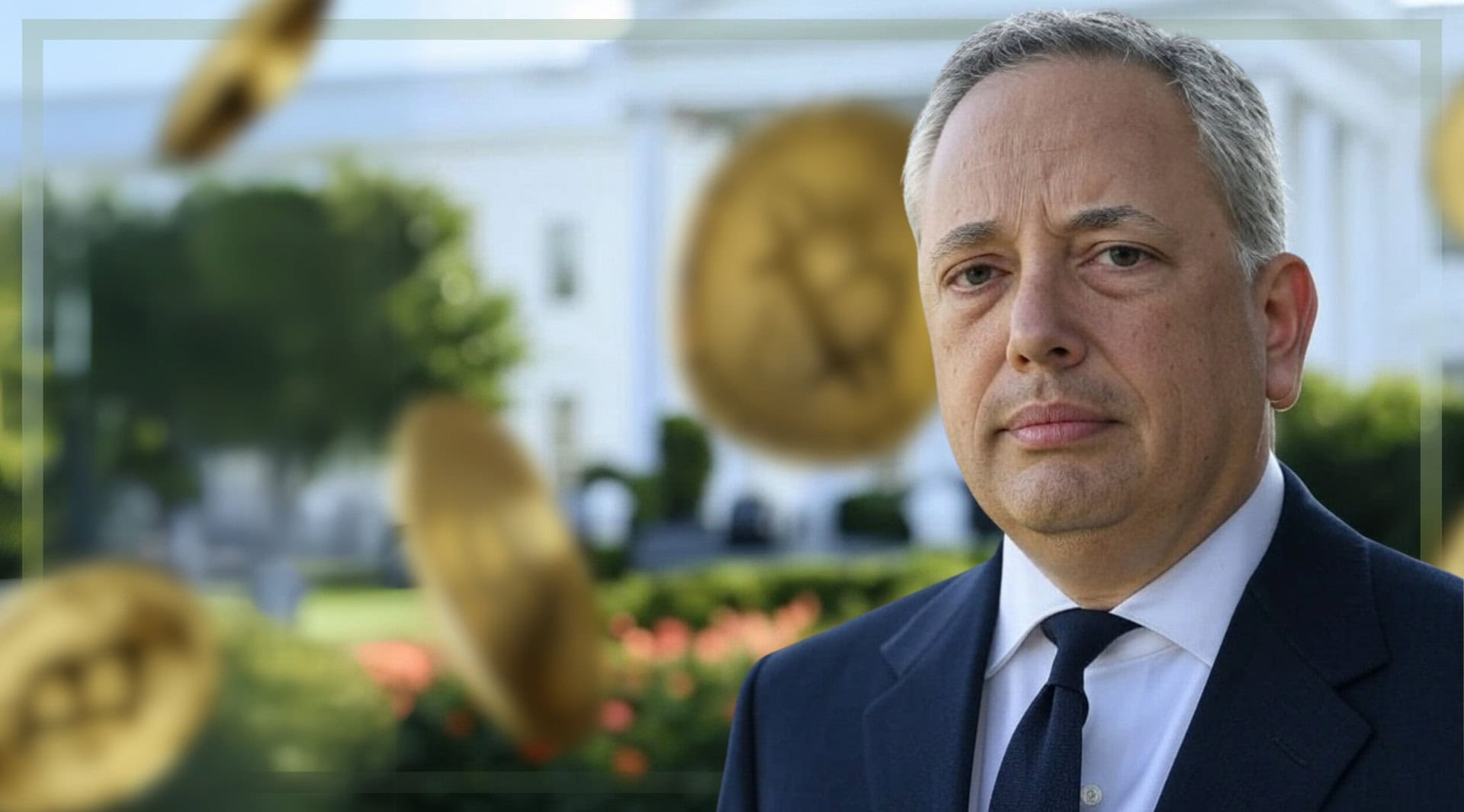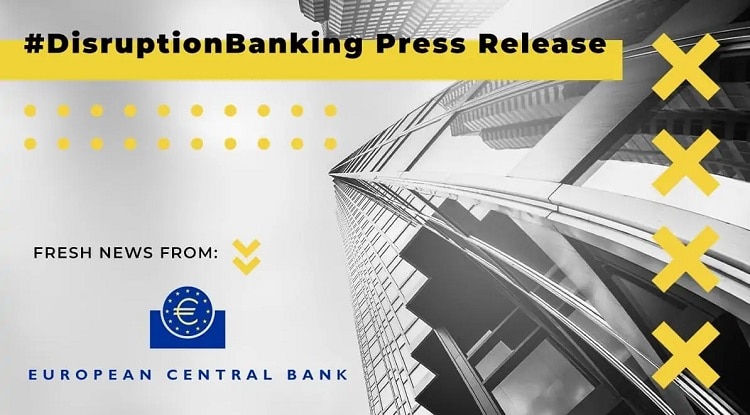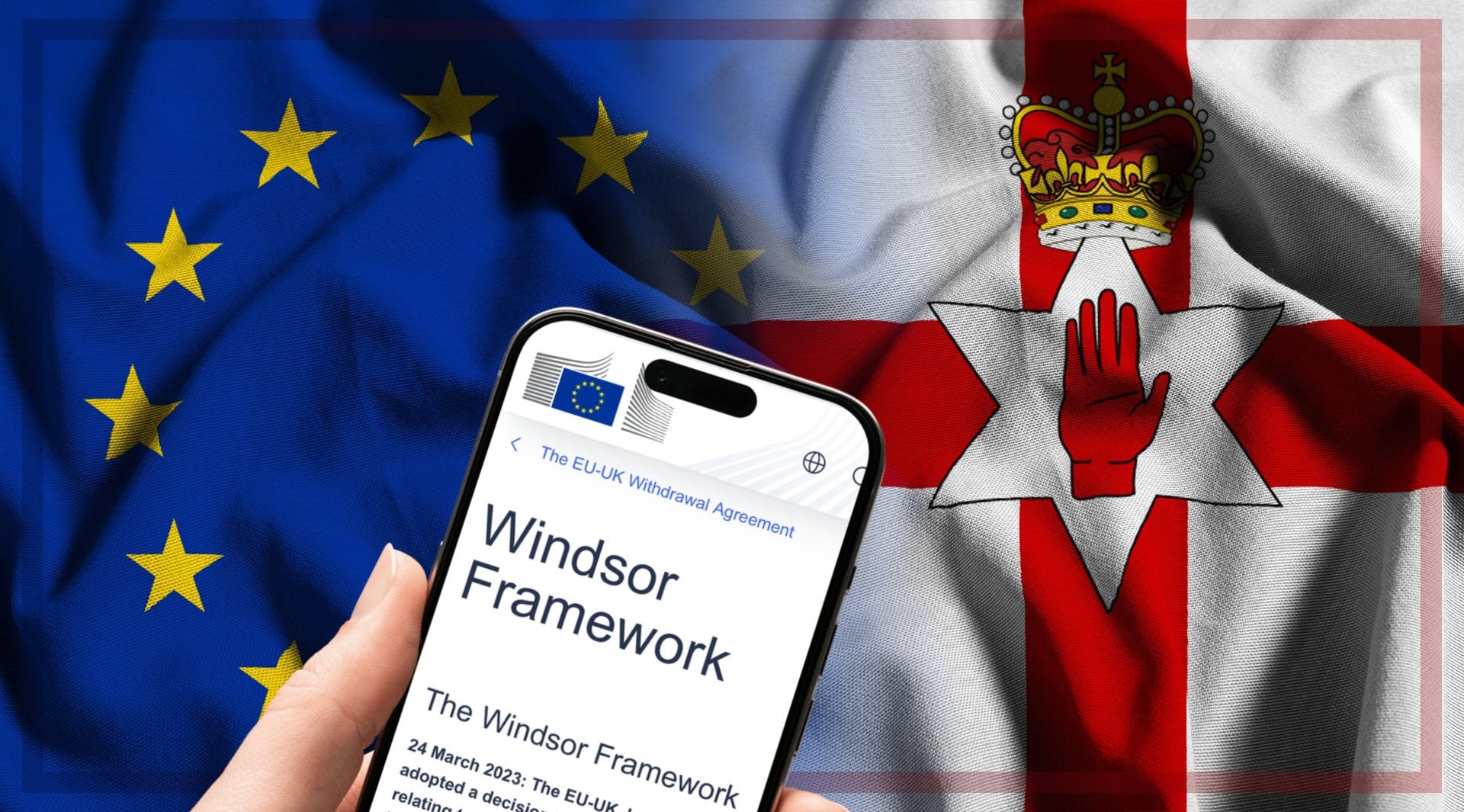Western Union is a globally recognised financial services provider that has been operating for over 170 years. Can it maintain its global dominance in a fast-moving global remittance market?
How big is Western Union going into 2023?
Founded in 1851, Western Union’s initial focus was to provide telegraph services, allowing people to send messages across great distances. As technology advanced, so too did the company. In 1871, it launched its first money transfer service, enabling customers to send money across the US using the telegraph network. The company continued to innovate, introducing new services such as money orders, prepaid debit cards, and mobile money transfer services. Leaping through to the 21st Century, the business has continued its upward trajectory.
Now, Western Union operates in over 200 countries and territories, with more than 500,000 agent locations worldwide. The company has a dominant market position in the global money transfer industry. As of March 2023, it has a market capitalisation of around $4 billion. However, that is down from a pre-pandemic level of $11 billion. And it faces intense competition from other global money transfer providers such as Wise and PayPal. The company is also exposed to currency fluctuations, regulatory changes, and security risks, which could impact its financial performance.
It is important to keep this long history in mind when considering its latest transformations and its potential future. Longevity relies on leadership having long-term vision. In a 2020 press release, then-CEO Hikmet Ersek said, “A key element [of Western Union’s digital growth strategy] is partnering with innovative financial companies to expand services for their customers and drive incremental growth for Western Union. Our strategy has proven to be successful.” But how long will investors and confidence remain if it cannot keep up with the competition? Especially when the company’s market cap has continued such a steep slide in the last 3 years.
How has Western Union’s strategy evolved?
The above came on the back of 10-plus years of new partnerships and acquisitions. Take 2009 when Western Union acquired Custom House for a reported sum of $370 million. Custom House was a leading provider of international business-to-business payment solutions in over 40 countries worldwide. It specialised in currency exchange and wire transfers. Seen as a strategic move, the acquisition enabled Western Union to expand its global footprint, establish a stronger presence in the B2B payment segment and enhance its technological capabilities.
Those B2B capabilities, which historically made up around 20% of Western Union’s business, have now been spun out. In April 2022, Goldfinch Partners and The Baupost Group reached initial closing on their purchase of Western Union Business Solutions (WUBS) for $910m. The company rebranded as standalone B2B global payments player called Convera. In January 2023, Convera announced that 2022 was a record year, with double digit growth and over $500 million in gross revenue. It is now the largest non-bank fintech in global B2B payments.
Western Union is pleased to announce that Western Union, Goldfinch Partners (“Goldfinch”), and The Baupost Group (“Baupost”) have entered into a definitive agreement under which a consortium of Goldfinch and Baupost will acquire Western Union Business Solutions pic.twitter.com/wrFL9bQKhm
— WU Business Solutions (@WUBusiness) August 6, 2021
So, what does this mean for Western Union and its C2C business? New U.S. outbound branded digital customers grew 30% during the fourth quarter of 2022. Partnerships with other digital payment providers have enabled it to tap into that rapidly growing market across the globe. Recent acquisitions, like stc pay, have added further digital wallets and, in the case of stc, allowed Western Union to take a stronger position in the Gulf.
So where does Western Union say it is going next?
During its fourth quarter earnings call, the company said it sees global remittance volume growth remaining steady. Indeed, a projected 2% is predicted for 2023. It also reported it will continue to move away from its transaction-focused business model to a more account-based model that emphasizes lifetime customer value. This is aimed at driving a sustainable business into the digital future. The goal is to provide an integrated omnichannel experience that leverages Western Union’s native digital wallet and draws customers in through partnerships and a wider range of financial services.
Western Union will soon start offering consumer banking products, such as debit or credit cards https://t.co/xq00SbHnLI
— Bloomberg (@business) May 5, 2021
This forms part of its Evolve 2025 strategy. Western Union President and CEO Devin McGranahan says, “Our new strategy is designed to enhance the products and services we provide to our customers. It will leverage the strong foundation we have built to create a more meaningful relationship with our customers by providing essential financial services outside of money transfer.” Evolve 2025 aims to connect Western Union’s original purpose by bringing high-value, accessible financial services to emerging populations around the globe, according to a statement from the company.
This strategy is also visible in other recent partnerships. Alongside expanding its global reach, particularly through its digital offering, it is also locking in its local North American market. In Mexico, Western Union have partnered with 7-Eleven. It will use its physical retail point-of-sale systems to onboard new customers as well as to retain existing ones. In Canada, it is working with Walmart. There, it will offer its customers money transfers for 5% less than the nationally published consumer fee rate.
Can Western Union keep up in the global remittance market?
It is currently the dominant force and has a 170-year history of successful growth behind it. It recognises its ability to reinvent itself. However, as we recently wrote about, the global remittance market is changing. These changes are both important in their digital and mobile banking implications as well as their ability to help the global unbanked and poor. 24% of adults around the world have no bank or mobile account and this unbanked population isn’t only found in the developing world. Financial inclusion is so key to alleviating poverty that it appears in 8 of the UN’s 17 Sustainable Development Goals for 2030. Remittance payments play a massive role in this. However, they are also beset with high costs and multiple market players. So where will Western Union fit in?
At the end of 2021, the average cost across the market to send $200 was 6%, twice the SDG target of 3%, according to the World Bank’s Remittances Prices Worldwide Database. Western Union have some of the highest fees in the market. Western Union’s size makes it attractive in hard-to-reach countries. But, its dominance has led to excessive fees, with margins of 28% reported in 2012, and attracted criticism for years. Lowering fees is key not only to achieving the UN’s goals but, in an ever-competitive market, new and establishing players like Wise will undercut Western Union too.
Why does this lack of #financialinclusion matter? The vast majority of those left out of the system are from developing nations and the global poor. While great gains have been made to lift many out of poverty, there is still a long way to go.https://t.co/j9hxHSpEsM
— #DisruptionBanking (@DisruptionBank) March 23, 2023
Adding to the problem is Western Union’s, some would argue, late arrival to the digital transformation. A joint report by Boku Inc and Juniper Research Ltd provides startling numbers. Globally, there were 2.8 billion mobile wallets in 2020. The report estimates this will increase by 74% to 4.8 billion by 2025. There are already large players in the market, and you’ve probably heard of them: World Remit, PayPal, and Wise to name just three. And all these players are looking to provide that omnichannel experience with multiple financial services attached and are positioning themselves to tap into established and emerging markets.
And how will Western Union continue to stand out? As it looks to maintain its foothold, the company has changed its branding. As “WU.com” and “Convera” become more familiar in wider markets, might the “Western” be quietly dropped? In an ever-globalised market, is there a place for a “Meta Union” as Andrew Vorster and Chris Skinner recently discussed? Positioning itself as a brand not associated with historical Western greed, lowering fees to both maintain competitivity and demonstrate a commitment to addressing global issues, and providing a truly great mobile, digital customer experience will all play a part in deciding if there are another 170 years to go. It’s a fast-moving environment and that incremental growth of the past looks like it is already struggling to keep up.
Author: Mike Davies
#WesternUnion #Payments #Remittances #MoneyTransfer















